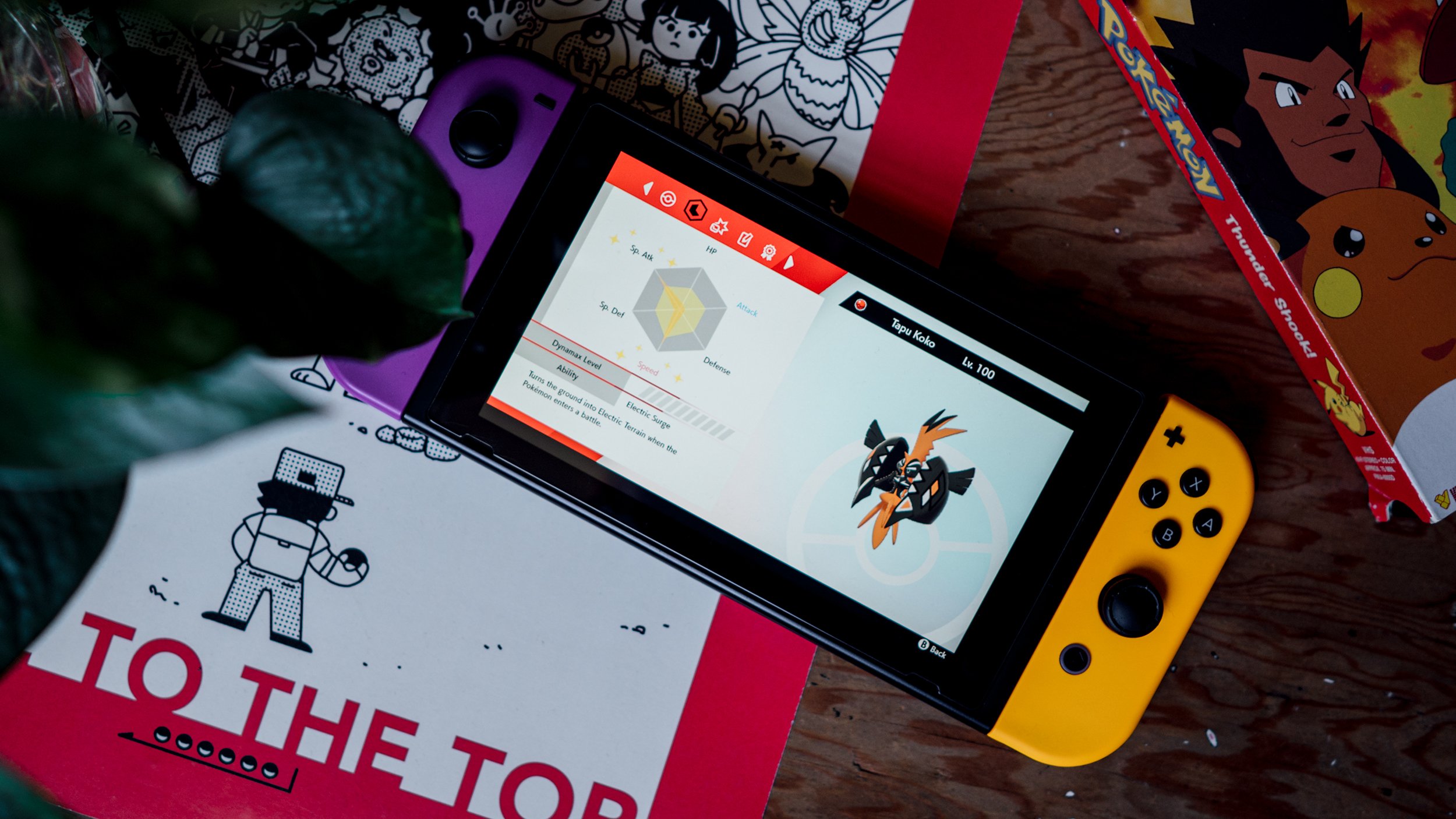
Pressure
6min 58sec read
Pokemon is not a traditional turn-based competitive game because both players input their moves at the same time. Learn about how this affects how battles unfold.
Written by Aaron Traylor
Battling / General Battling Principles
Pokémon is not like other turn-based games, in which one player moves, and then the next; although you might not know for sure what your opponent will do next, you know what the state of the game will be after you finish your turn. In Pokémon battles, both players make their moves independently and simultaneously, and then watch the turn play out. Thus, very little of an upcoming Pokémon turn is set in stone, and you never know for sure what the board will look like after you both finish your moves. How, then, are you supposed to be informed when you make a move? You'll need to figure out two things:
Which actions will get you closest to your goal (winning the game)?
Which actions will get your opponents closest to their goal of beating you?
Proactive actions advance the goals of a player simply and straightforwardly. This means dealing damage, taking knockouts, setting up Speed control or boosts so that future turns are easier, giving enemy Pokémon status conditions such as sleep, et cetera. There are often few if any downsides to proactive action– it only fails if you don’t achieve your goals or if there is some inherent risk (you fail to knock out a Pokémon you thought you would, a move misses, etc).
Reactive actions are always in response to the threat of a specific proactive action. If a move from your opponent threatens to set you back in a big way– you're going to have to respond quickly, or lose the game. This can mean switching out, Protecting, or using a healing move.
Because we act at the same time as our opponent, all we can do before deciding on a move is think about which moves are being threatened. When Pikachu fights Gyarados, Pikachu threatens to knock out Gyarados with Thunderbolt. The threat of proactive action is how I define pressure; i.e., Pikachu pressures Gyarados.
In battle, understanding the pressure that Pokémon apply to each other lets you determine what your good moves are. Are your Pokémon pressuring your opponent? Do you have any proactive moves that are low-risk? Or, are your Pokémon threatened by your opponent's, and do you have to react? Furthermore, pressure is your guide to your opponent's thought process: what are they threatened by? What proactive moves are their safest path to victory? By doing so, you'll figure out which moves they are most likely to make– which lets you think about the future with much more certainty.
How do I know where the pressure is?
Sometimes, the pressure relationship is intuitive– as in the Pikachu and Gyarados example. Even if you've never played a single competitive battle, you understand that the Gyarados is facing certain defeat, and if you're Gyarados’s trainer, you have to do something or you'll lose. Pokémon can either apply pressure to one enemy Pokémon (Pikachu pressures Gyarados), or to both enemy Pokémon (Venusaur is applying pressure with the threat of Sleep Powder). Here are some questions you can ask yourself:
Which Pokémon is moving first this turn? What is it most likely to do, and how does that affect the field? Speed plays an important role in pressure.
Which Pokémon are threatening knockouts?
Can both enemy Pokémon work together to secure a knockout?
Are any Pokémon threatening status moves that disable their opponent? (e.g. Sleep)
What does the next turn look like? Think about what's going to happen if every Pokémon accomplishes its main goal this turn-- try to imagine the most likely next turn. Which player is favored in this hypothetical next turn? Then work backwards– why is that the case? If you can find that reason, you've found which Pokémon is applying pressure.
Other times, it may be less clear how pressure will play out in a turn. In fact, there may be many sources of pressure, and both players may have the opportunity to act proactively or reactively. In these scenarios, try your best to figure out what the most severe threats are and which actions are going to be the most likely to happen.
Next Steps: Taking Advantage of Pressure
With this framework, it's easy to define a prediction, which is when a player wholeheartedly commits to an action purely based on the existing pressure and how they think their opponent will act or react. Making a prediction is always reactive, in some sense, because you're focusing on your opponent's state of mind, but the move you make can still be a proactive action. For instance, you could have multiple proactive actions available, and pick the one that is best against the course of action you think your opponent will take.
Wrapping Up
This topic is rather dense, and thanks for sticking with me: it's not easy to cleanly talk about how Pokémon interact in battle, because they can do so in many different and complex ways. But, by doing so, we've put this really abstract concept down on paper, and the relationship between the active Pokémon gives us concrete insight into what our opponents are thinking about during any given turn and which actions they are most likely to consider. In Pokémon, our actions can never be fully made separate from those of our opponents; which is why the pressure relationship must be first and foremost in your mind.
What is your opponent focusing on? What threats do they notice first, and which might they overlook? The answers to these questions come with experience, as your opponents will all approach the battle differently and their decisions are rarely set in stone.

